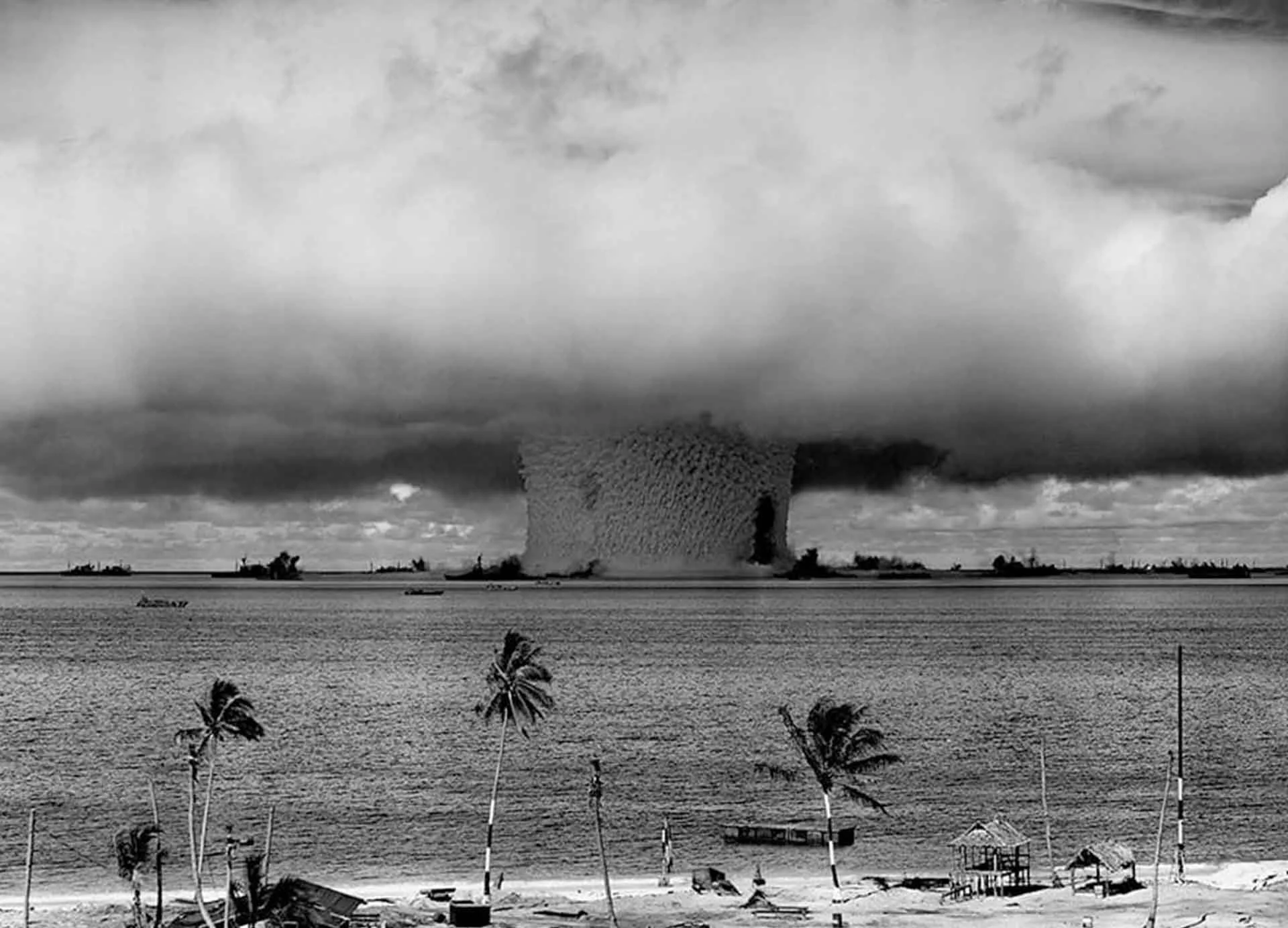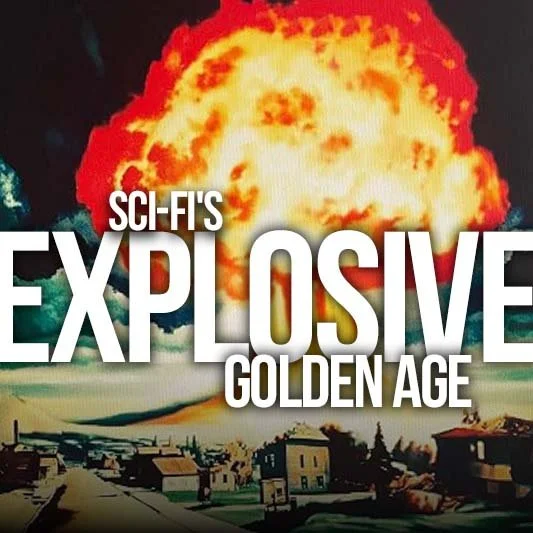Fear and Wonder Collide
The 1950s weren’t just a time of shiny optimism—they were defined by fear. As the Iron Curtain descended and mushroom clouds loomed, Americans lived in a climate of suspicion and dread. Science fiction became a canvas for expressing what couldn't be said aloud.
This article explores how real-world events like the Cold War, nuclear arms race, and McCarthyism deeply influenced 1950s science fiction. The alien invaders and sinister scientists of the era were often stand-ins for communists, conformity, and the fear of annihilation. Sci-fi became both a cultural pressure valve and a coded form of resistance.
-
The Cold War and nuclear threat deeply influenced 1950s sci-fi themes.
Aliens and invasions often represented communism, conformity, or existential dread.
Films like Invasion of the Body Snatchers and The Thing mirrored societal paranoia.
Radiation and mutation metaphors reflected fear of science spiraling out of control.
Sci-fi served as both cultural critique and coping mechanism during an era of fear.
You can tell a lot about a society by the monsters it imagines. In 1950s America, those monsters came from space, from beneath the sea, or from radioactive fallout—but their real origin was often political.
This was the decade when the Cold War crystallized into a way of life. Children practiced duck-and-cover drills in school. Adults kept Geiger counters in their basements. On top of that, there was the internal threat: a rising tide of suspicion that anyone, anywhere, could be “one of them.”
Duck and cover by day, dream of aliens by night. The threat of nuclear war wasn’t science fiction—it was nightly news.
That fear—that your neighbor, your teacher, even your spouse could be harboring a dangerous ideology—manifested in the stories people watched at drive-ins or read in pulp magazines. Invasion of the Body Snatchers was about pod people, but it was also about the loss of identity in a culture obsessed with sameness. The Thing from Another World warned not just about aliens, but about infiltration and the dangers of denying hard truths.
Even movies that weren’t overtly political carried the DNA of Cold War anxiety. The obsession with radiation and mutation, for instance, spoke to fears about technologies we didn’t fully understand but had already unleashed. A simple B-movie premise—“what if a bug got exposed to radiation and grew gigantic?”—was also a warning: science might not save us. It might destroy us.
These fears weren’t abstract. McCarthyism had a chilling effect on Hollywood itself. Writers and directors were blacklisted, their careers destroyed, their words policed. Sci-fi offered a coded space where they could still speak truth to power—through Martians and monsters.
And yet, there was wonder, too. Beneath the fear was an aching curiosity. Could science also lead us somewhere better? Could space offer escape, not just from Earth, but from the cruelty we inflict on each other? This is what makes 1950s sci-fi so human—it wrestles with both our terror and our hope.
Could sci-fi offer escape, not just from Earth, but from the cruelty we inflict on each other? This is what makes 1950s sci-fi so human—it wrestles with both our terror and our hope.
Science fiction in the 1950s was never just about the future. It was about the present—the unseen tensions, the unspoken fears, the sense that something was terribly wrong but couldn’t be named outright. These stories weren’t prophetic—they were diagnostic. And even now, when we tell stories of invasion, collapse, or transformation, we’re echoing the Cold War’s shadow. The question remains: what are we really afraid of?



















How Cold War paranoia shaped the aliens, threats, and heroes of 1950s sci-fi.